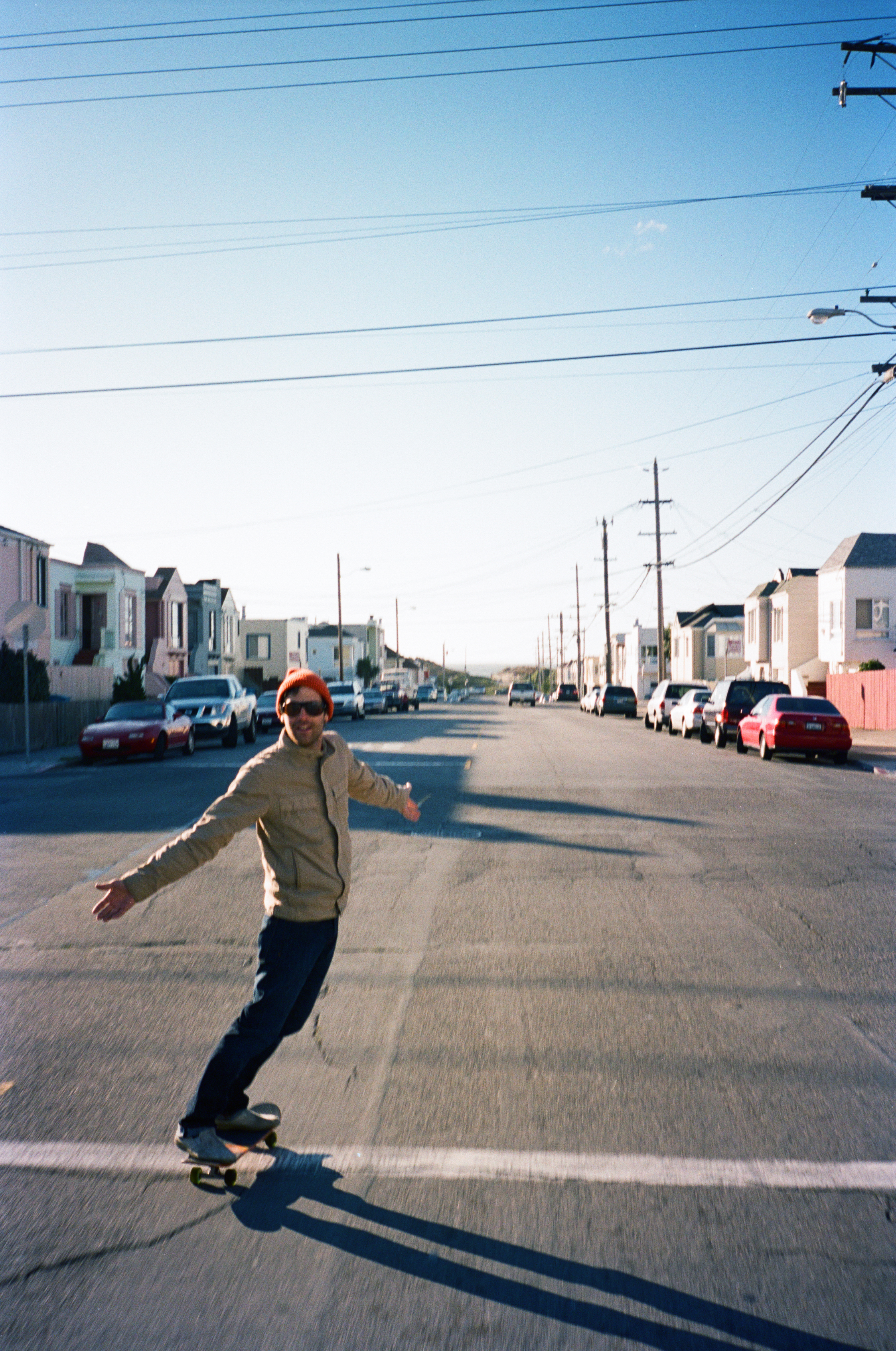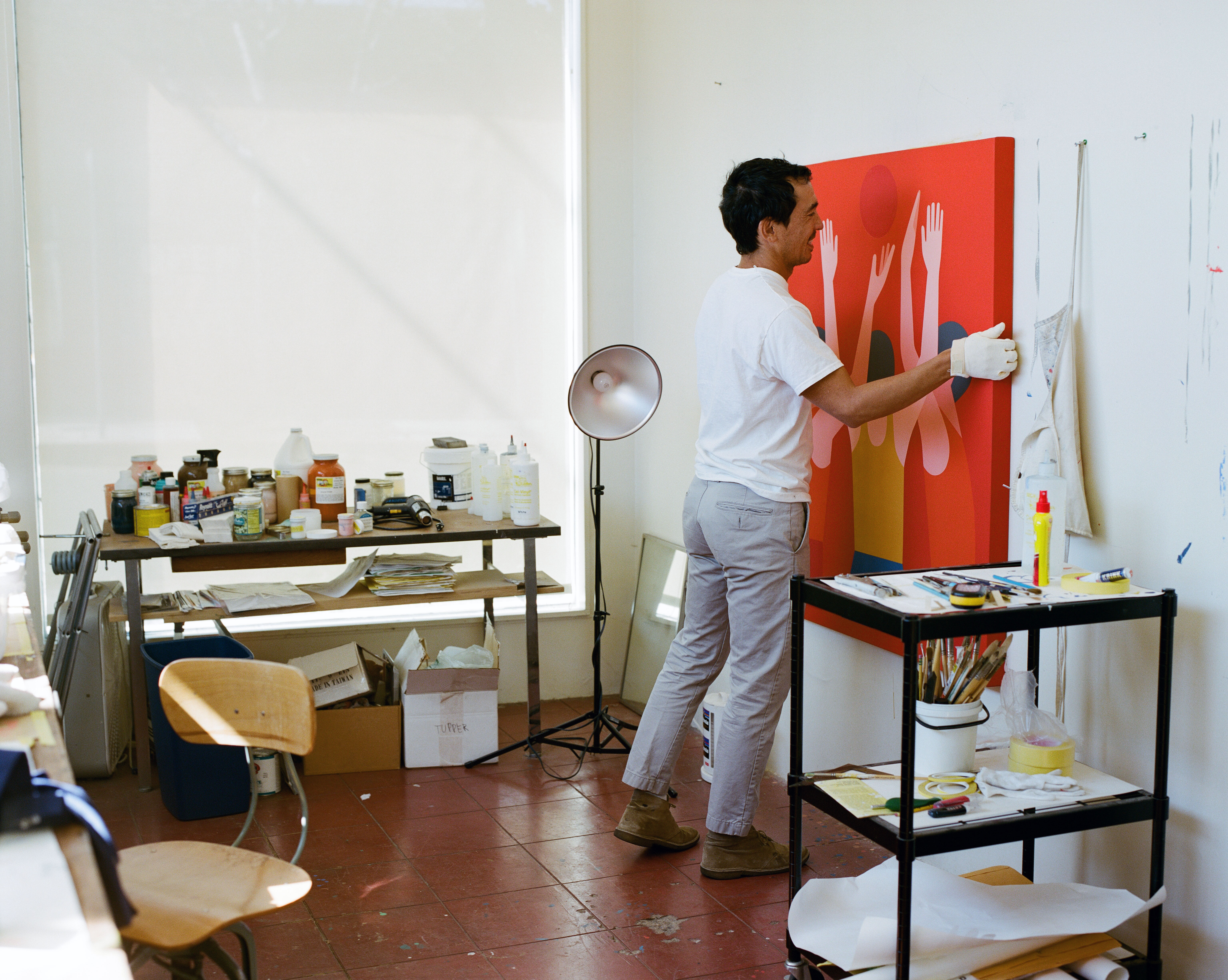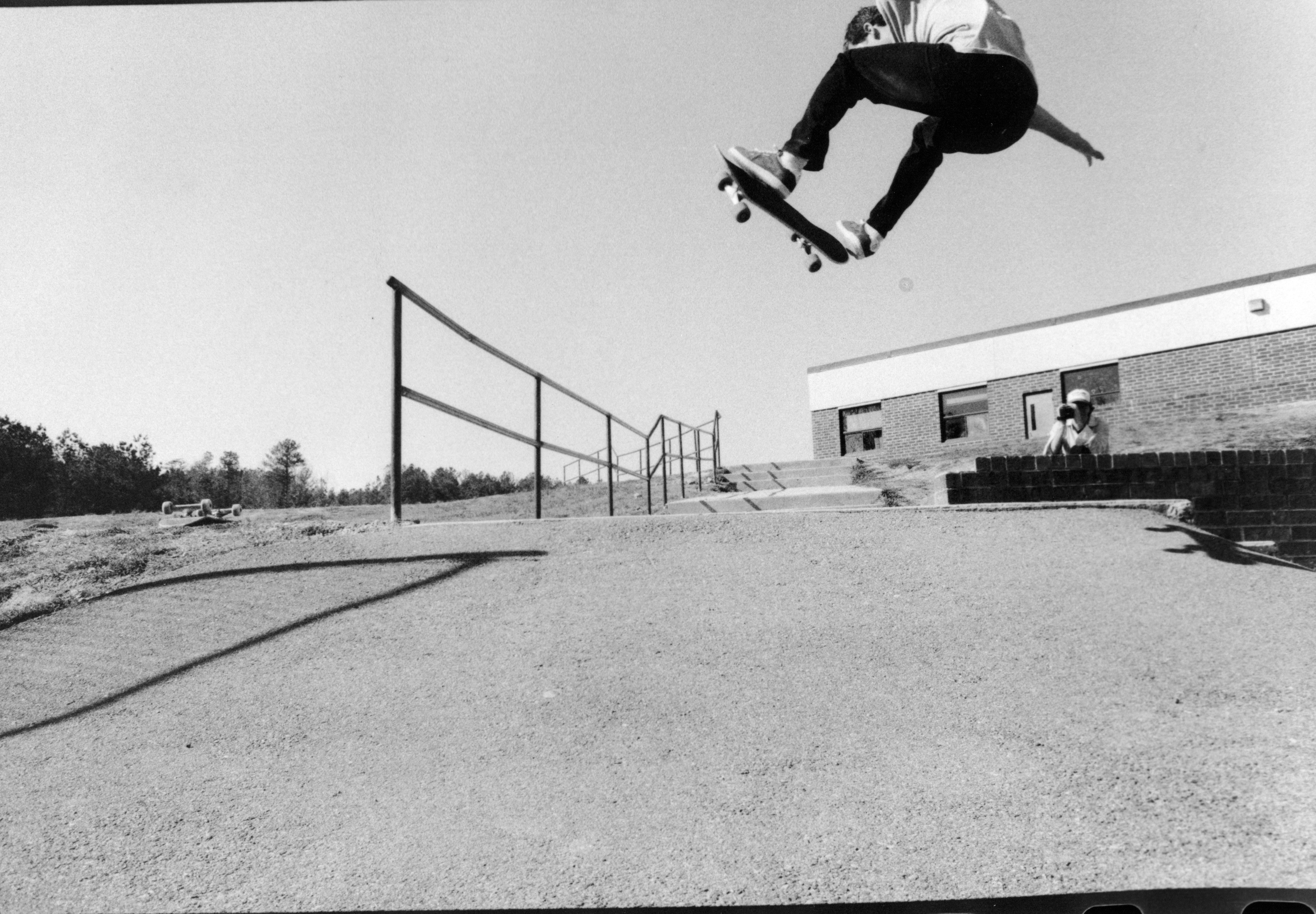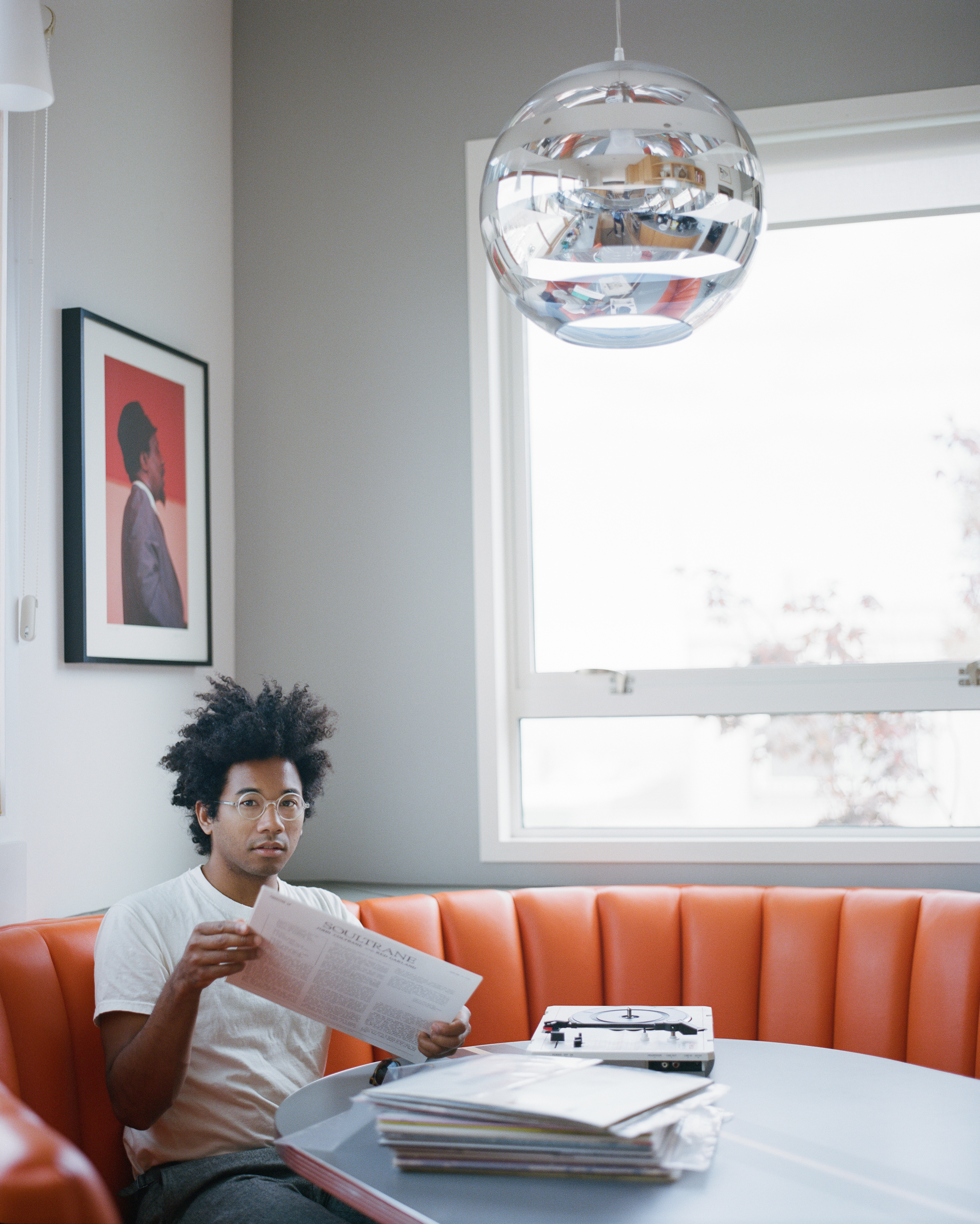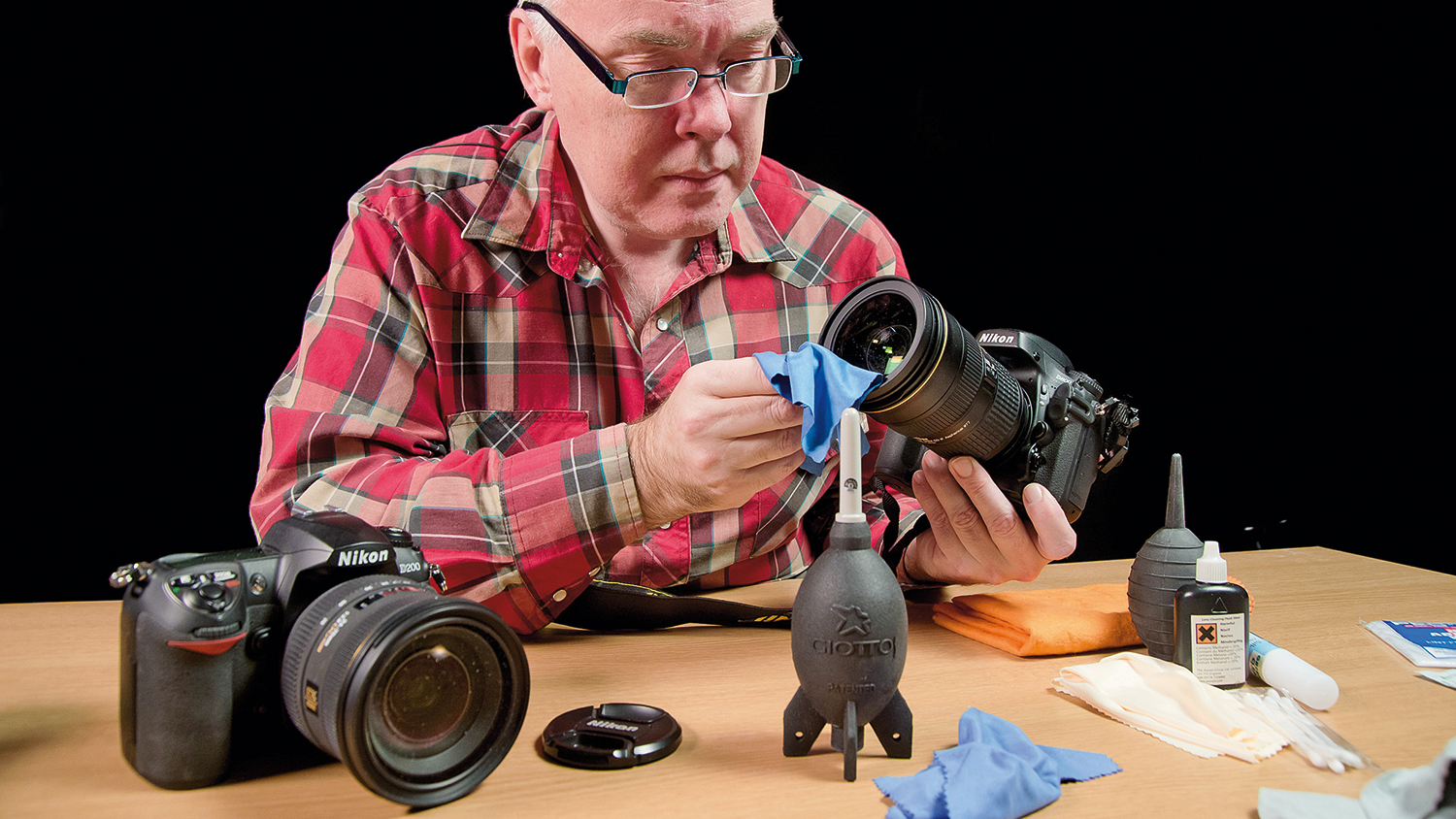Why you should be taking FEWER photos
Andrew Paynter's book explores: In a world where everyone is a photographer now, how do you stand out?
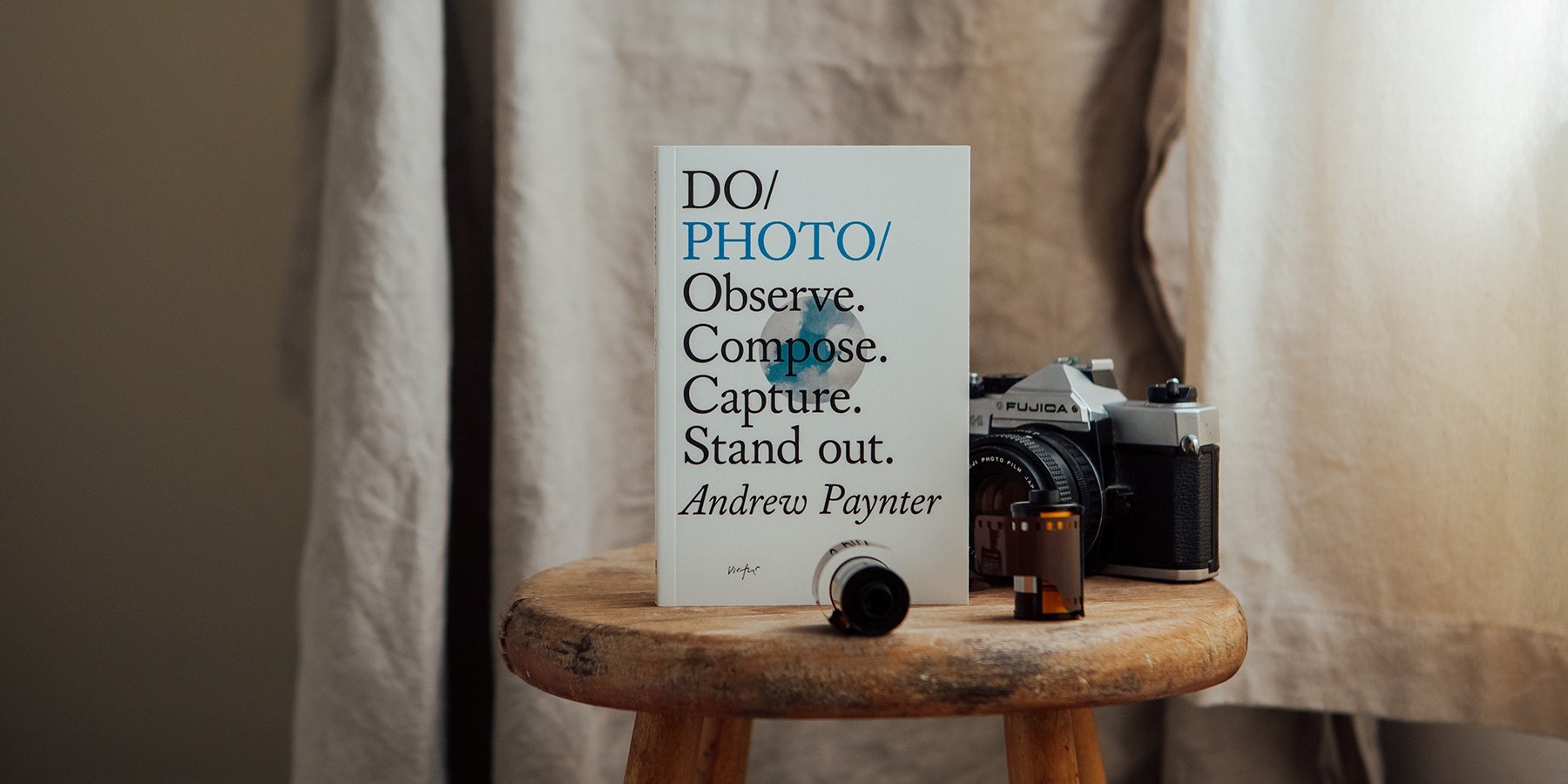
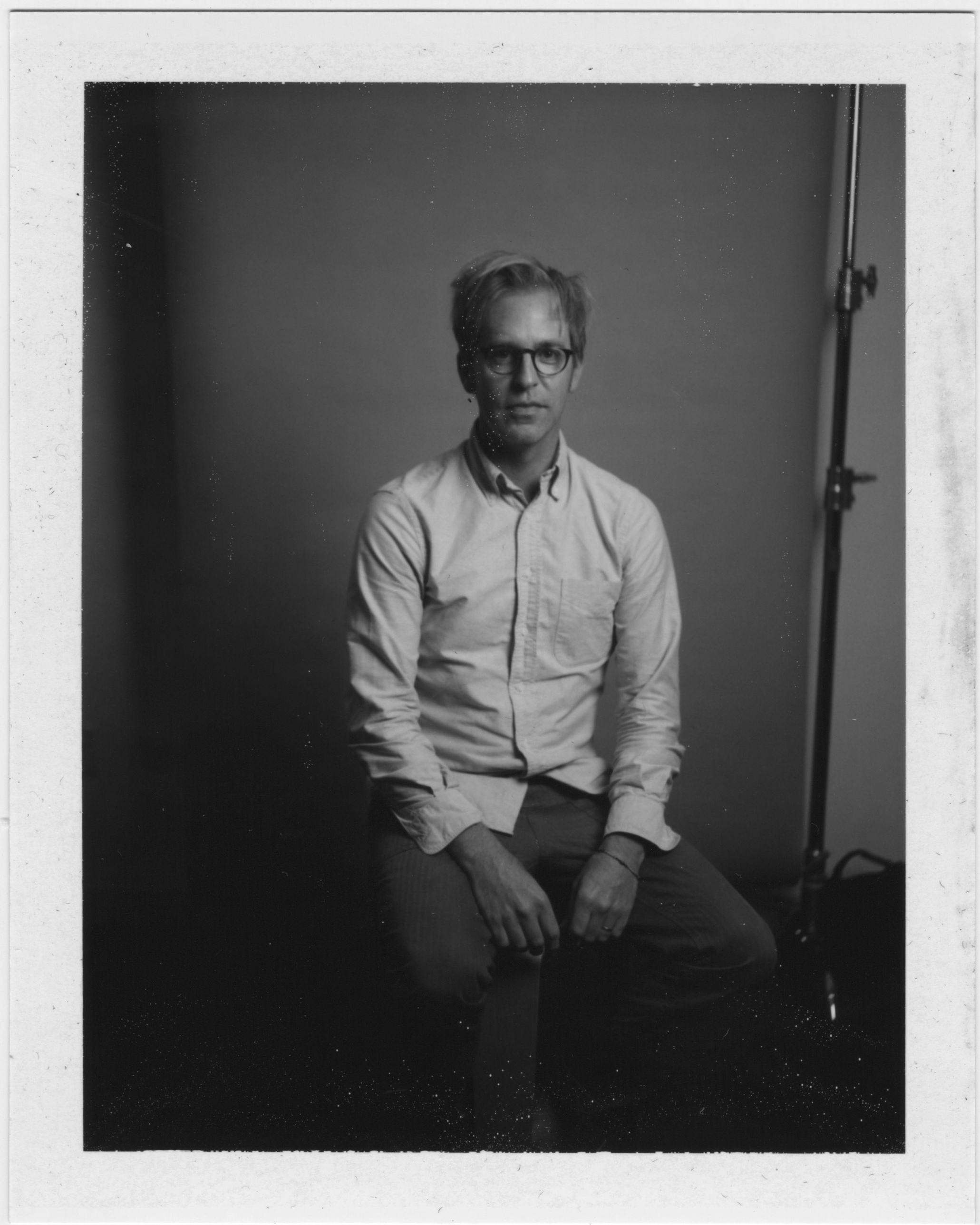
Andrew Paynter is a photographer and director based in Oakland, California, who is interested in exploring character and the creative process as a whole. He has shot work for a sweep of major clients including Coca-Cola, Adidas, Levi Strauss, Converse and Apple, as well as personal ongoing projects such as his series Working Artists. Andrew has also released a book, Do Photo.
We’re constantly being reminded how awash the world is with visual media and data, and given top tips for making our own images stand out.
We spend our days scrolling through images and articles on our commutes, watch hours of video content when we get home, and likely take more photos than ever before thanks to the improvements in our smartphone cameras.
Andrew Paynter is a photographer who argues we should all be taking fewer pictures, as an advocate for quality over quantity. His new book – which we learn more about in this interview – isn’t about how to take the best pictures, but how to connect with your subjects, create memorable and more impactful photographs, and to enjoy the process along the way.
And guess what? It all starts before you even pick up the camera.
We read that you discovered the camera at a relatively young age. How did your journey into photography start?
I discovered the camera young but didn’t necessarily start shooting until my later teens. I suppose the real journey was documenting life around me, which at the time was juggling life at art school while living in the Pisgah National Forest, and skateboarding – an activity I loved to do with friends, which began as a young child.
I just shot photos of what was happening around me. At that time in life, it was all so new and exciting and left me feeling profoundly happy. Happiness, adventure and curiosity really are what drove the images, outside of the sense of documentation.
The best camera deals, reviews, product advice, and unmissable photography news, direct to your inbox!
What was your first camera, and what gear do you shoot with now?
My first camera was given to me by my grandfather Bertram Payne, who has always been the initial influence to me shooting photographs. It was a Canon AE-1 with a 50mm f/1.2 lens. I probably used that for the first few years before I was able to afford a Nikon F and a Polaroid 195 Land camera.
I now use a variety of cameras, mainly a Pentax 67, Leica M6, Hasselblad 500CM, Hasselblad XPan, Polaroid 600SE, and most recently a Linhof Technika field camera.
You’ve worked with some massive clients in your career. What was your path to becoming a professional?
I think the path to a life making a profession of out photography was simply a need to survive and make a living. So much of what I was doing never really paid the bills (personal projects, magazine work).
Much of it felt a bit like catching a wave on a surfboard: the more I understood the rhythm of how things worked and how jobs were awarded, I began to feel balanced and learned how to continually catch the right waves.
That was always important to me, as I never wanted to be someone that people felt like, “Oh, he shoots everything and can do anything.” I’m certainly not that person, so I needed to follow my talents and the creatives that understood them and wanted that type of work with their campaigns. That took a while.
How would you describe your style to somebody who’d never seen it?
Portraiture shot in a reportage-like way, but maintaining a sense of storytelling, while having a keen eye to light and overall style. I want my images to have content and not solely just an appeal in an aesthetic way.
How do you tap into your own creative space? What inspires you?
Good question. The creative space is always evolving. I have two children, and they certainly inspire me to feel and think young, and to not take myself too seriously. I’m also inspired by the atmosphere, temperature and the weather. They play such an integral role in how I shoot. Reading definitely inspires me, particularly the works of Paul Bowles and Murakami.
To get into the creative space is very hard for a working parent. I really have to separate myself from my family to fully engage in that headspace when I’m actually shooting. I often hike in the Oakland mountains and over in the Marin headlands, just north of San Francisco. Those walks really allow me the space and time to think.
Tell us more about your new book, Do Photo. Where did the idea for the book originally start, and how long did it take to come together?
I spoke at the Do Lectures in Cardigan, Wales, in 2018. At the event I finally met Miranda West, who owns and runs Do. We had spoken and messaged over the years, as Do has used some of my photographs for the books of David Hieatt (co-owner of Do Lectures and Hiut Denim).
I suppose Miranda may be the better person to ask, but I believe she felt that my lecture must have resonated. So many of my ideas about photography and how it is used and affects us come from a place deeper than just the ‘love of photography’. Perhaps that aspect spoke to Miranda and inspired her to ask me to write the book.
I also had a great deal of help by the editor (and friend of the Do) Kacie McGeary. She really helped me to focus and sort my ideas in a way that translates into something that is readable.
We love the practical tips throughout the book. Which ones do you keep coming back to in your own work, and why?
I think two really important ones are, “observe” and “disarm your subject”. These two things are really critical to know: when does it feel right to take a picture? What can I do to make this subject feel that they can 100 per cent be themselves in front of me and the camera? These are the things that really make or break a good image to me.
I suppose so much of what I do is driven by curiosity, but on a deeper level.
Andrew Paynter
What advice do you wish you’d been given at the start of your career?
Be more patient, develop your own style, and wait until it feels right to share your work. I do feel lucky that my formidable years were pre-social media, and when making a website was a pain, so I was lucky to not overdo it by sharing images that in hindsight weren’t me and weren’t ready to be shared.
Thinking slow is such a good thing for people to do, particularly as artists or creators. I learned a lot about the notion of ‘slow’ from my dear friend Nick Hand in Bristol, England, who runs a letterpress shoppe and is a brilliant designer and photographer.
People often say that they don’t notice you taking pictures. How do you make the camera disappear?
I think people will always notice the first little bit of your presence, as you have completely disrupted the space. That said, the trick is to eventually make it feel like you aren’t there, and that takes a lot of effort to allow your subject to accept your presence, and to establish a rhythm or conversation that frees them to think deeply and forget about why you’re there. Time is a luxury, and I appreciate people’s time and having that to establish this notion. It doesn’t always happen, sadly.
As you say, our current climate’s fuelled by digital distraction. Do you think this makes photography more or less important?
Photography is as important today as it was 50 years ago, it’s just a bit clogged with so much information and abundance. Today, it feels like our global language. People speak in photography.
I’m not saying that is bad, but what I think is important is that we are here on this Earth to experience, and that is number one. The camera can document our experiences, but there’s a risk of not being a part of what is happening. I see it all the time, and it feels so deflating to see people really missing out on the present.
And lastly… share something that’d surprise us.
Good question. I think I may slightly reflect on this in the book, but I can’t remember. In all honesty, I’d love to be a proper sit-down interviewer, much like the American journalist Charlie Rose. I’ve always loved watching his interviews with such fascinating people.
So much of why I take photographs of people is to have the opportunity to meet new personalities and to hear about their lives and experiences. I suppose so much of what I do is driven by curiosity, but on a deeper level. Becoming a proper interviewer on television would be fascinating. One day…
DO/PHOTO/Observe. Compose. Capture. Stand out by Andrew Paynter is available now at The Do Book Co.
Read more:
Best books on photography
Incredible documentary photography exhibition
Rankin interview: pandemic portraits, film vs digital, and David Bowie
Documentary photographer captures pandemic emotions
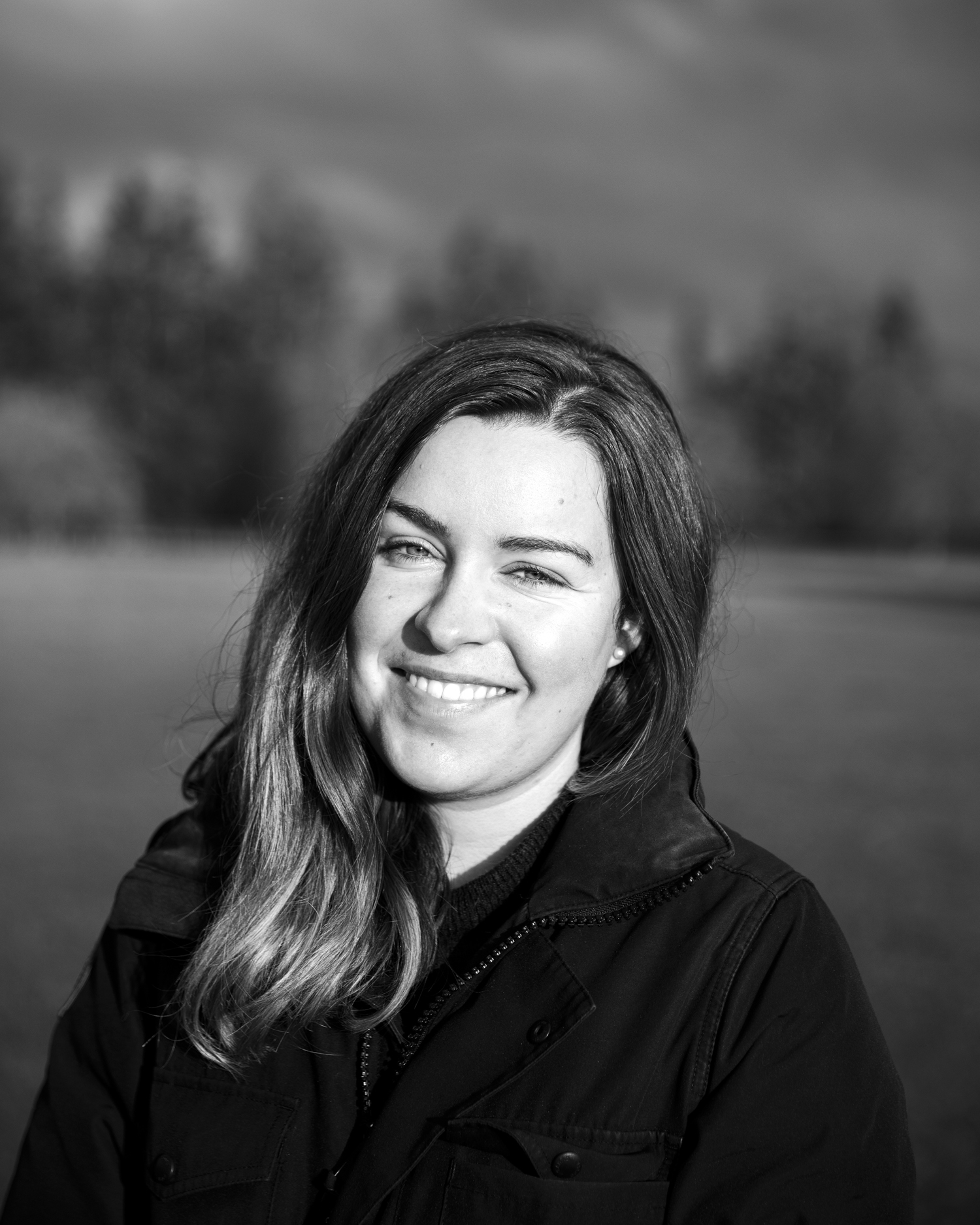
Lauren is a writer, reviewer, and photographer with ten years of experience in the camera industry. She's the former Managing Editor of Digital Camera World, and previously served as Editor of Digital Photographer magazine, Technique editor for PhotoPlus: The Canon Magazine, and Deputy Editor of our sister publication, Digital Camera Magazine. An experienced journalist and freelance photographer, Lauren also has bylines at Tech Radar, Space.com, Canon Europe, PCGamesN, T3, Stuff, and British Airways' in-flight magazine. When she's not testing gear for DCW, she's probably in the kitchen testing yet another new curry recipe or walking in the Cotswolds with her Flat-coated Retriever.
